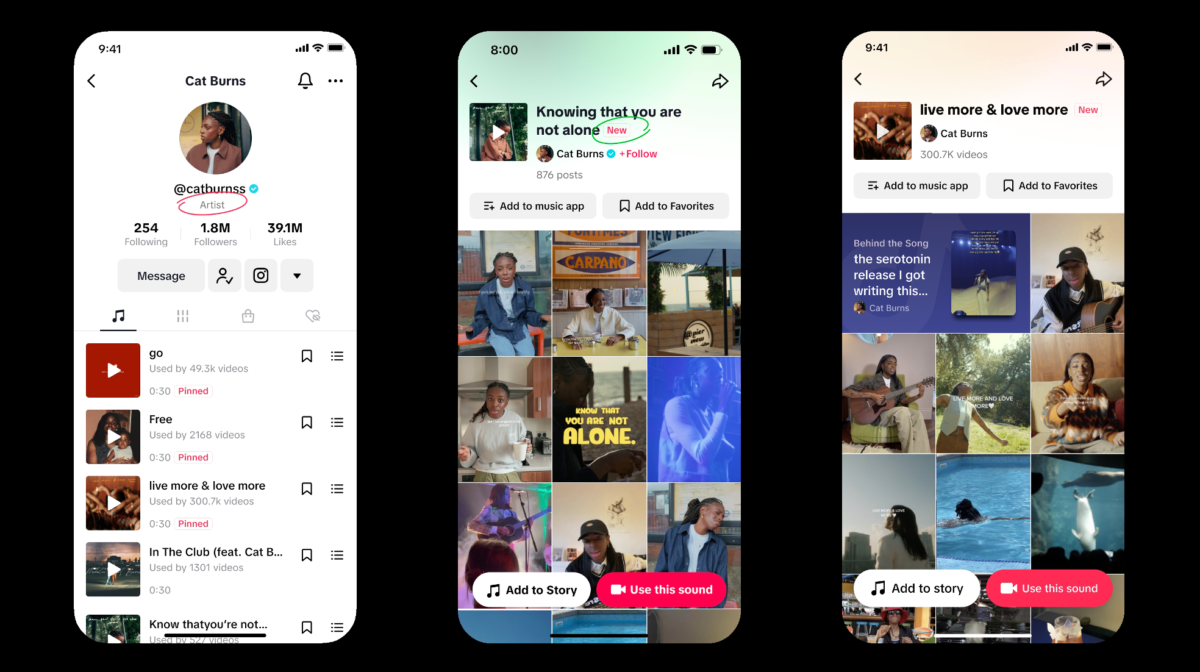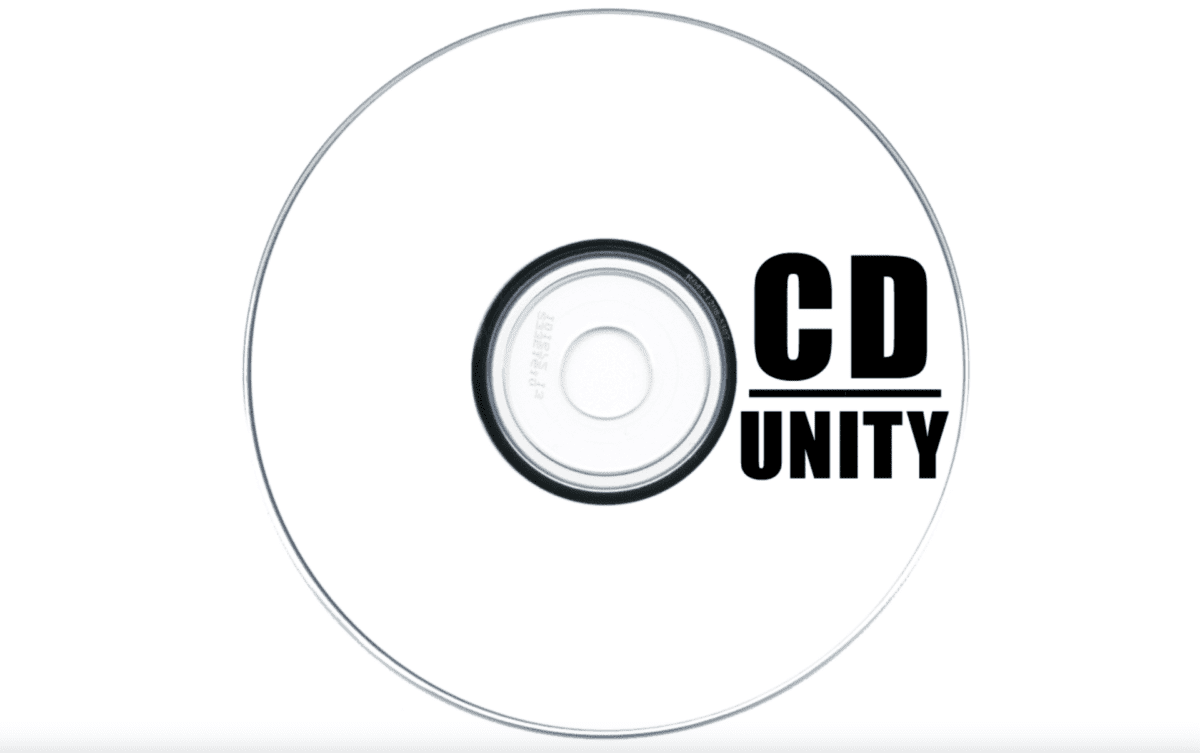For many people who are learning an instrument, improvisation can be a terrifying prospect when first encountered. Once that initial fear is overcome, and improvisation is fully embraced, any musician will say that it is one of the best things about playing music. Let’s learn how to improvise music as an artist.
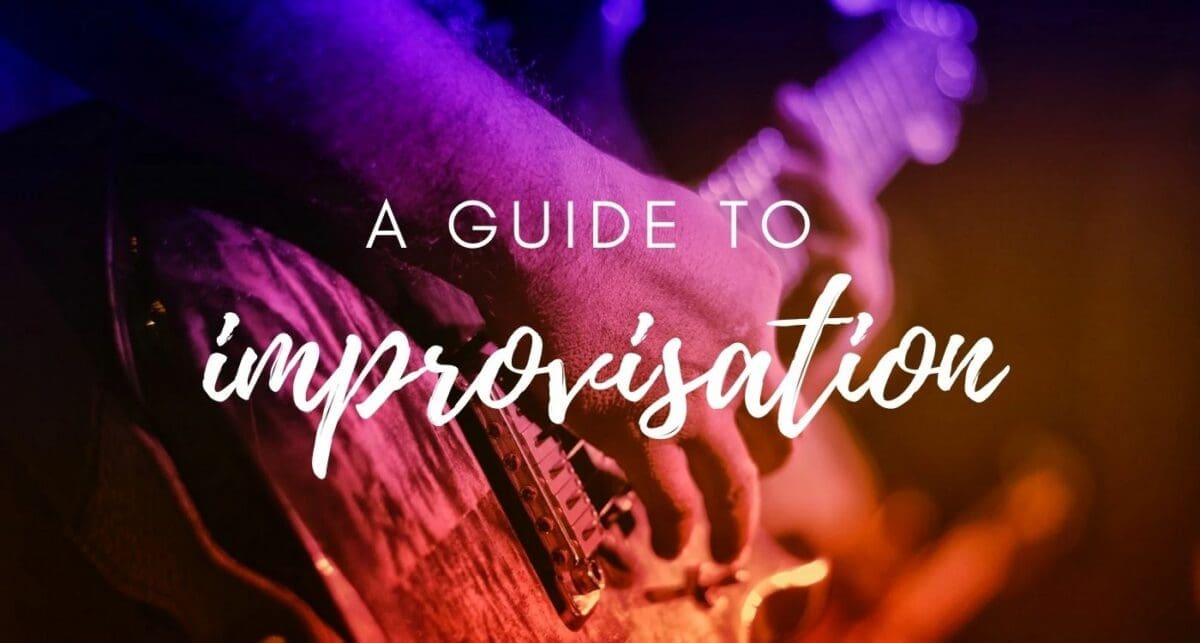
Music improvisation is not only fun and expressive, but it is truly freeing the music. Having a good knowledge of the instrument means musicians will be able to improvise. It is more about ‘feel’ than knowledge, and as long as the instrument can be played to a good standard, improvisation opens up a whole new world for artists – away from the often boring structures that are often embraced when learning.
A Brief History Of Improvisation In Music

‘Music improvisation’ is defined as the playing of music creatively at the moment, often in response to other musicians. It is predominantly a live music phenomenon; adding suspense, fun, and unpredictability to a live show, although many musicians often improvise in the studio too. Improvised music is said to have been around for many years before the first notation of formal music, but it was first recognized by theorists as a distinction from more structured and traditional music around the 15th Century. Even classical composers such as Handel and Bach were known for their improvisational skills, often improvising on harp or pipe organs.
Although music improvisation traditionally plays a small role in classical compositions and performances, it was the jazz and blues musicians of the early 20th Century who brought improvisation to the forefront. Improvisation is a key component of both jazz and blues music, from Miles Davis and Giles Petersen to BB King and John Mayer today – they are all masters of improvisation.
How To Improvise While Playing Music

The key to music improvisation is not necessarily knowing the instrument or music theory well, it is more about courage and attitude. If musicians dare to improvise, it is important to know that sometimes it will go wrong, but carry on and get comfortable with it in different scenarios.
A good tip for starting to improvise is to play along with records – this is how some favorite musicians learned their craft, listening to the radio or their record collection and simply playing along. This can be a great starting point! After that, you can try and play independently, altering the rhythm of the piece, or maybe the key and adding in sections where open improvisation can be done. This is sure to be a lot of fun! As John Abercrombie said, “you’re just sort of searching for this ‘thing’ and sometimes you get it and sometimes you don’t”.
How To Improvise On Guitar
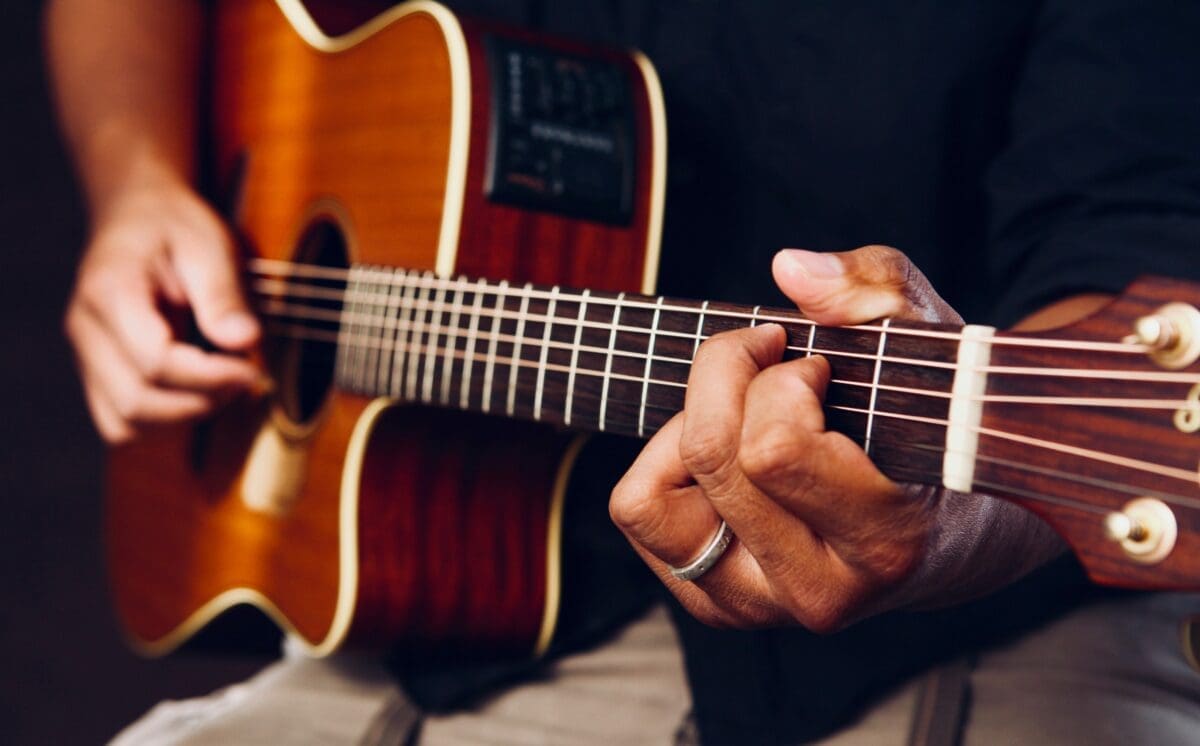
When learning guitar, it’s highly unlikely that anyone would start with improvisation unless they were born as a genius like Hendrix or Satriani. Hendrix even took it as far as playing with his mouth! Traditionally, artists start with learning where the strings and notes are and then move on to strumming chords and a basic level of fingerpicking. Once the basics are down, improvisation on guitar relies on musicians having some kind of knowledge of the scales which can be improvised with. Once an artist has got that down, they can improvise quite a lot of different music.
A key tip for music improvisation is to learn scales. Scales sound boring, but knowing a few basic scales means being able to improvise. A major scale can pretty much be improvised with notes from the corresponding major scale. So, for a C major, the C major scale would work for improvising. One key ‘cheat’ on guitar is learning the pentatonic scale. Either the minor or major pentatonic will work over most things!
If a musician wants to play jazz, for example, learning jazz theory would be very useful because it is one of the more complicated and intricate genres to improvise in. Basic blues theory is easier to learn and implement, so it is up to each person just how far they want to take it.
How To Improvise On Piano
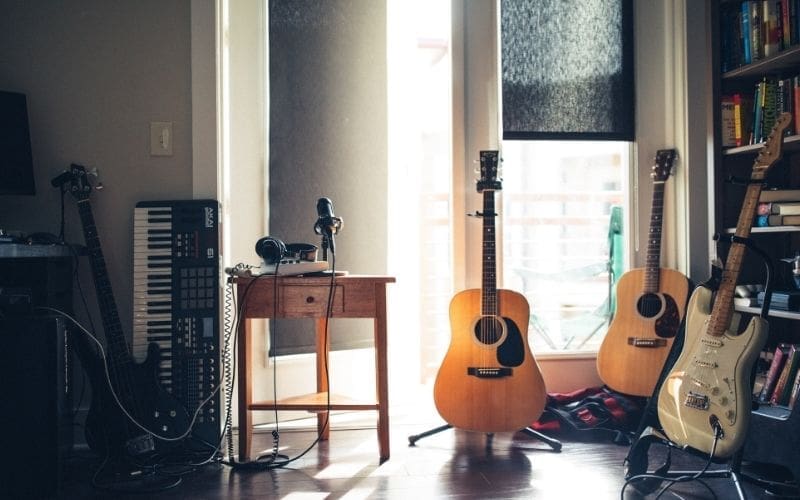
When it comes to piano, improvisation is very much built on the same principles as the guitar – learn the basic scales and run with them. With piano, there are certain things that people can do differently. Want to improvise in basic rock and pop? Learning the major and minor scales is a great starting point. If, however, musicians want to play blues or jazz, then they can learn specific scales to suit the genre! A blues scale is probably the easiest to learn and is built on the basic pentatonic scale, and artists can pick this up very quickly. Even by listening to simple blues music, people can be able to pick up the kinds of notes they are playing.
The piano is also a very percussive instrument, so its percussive nature can also be used for improvisation. Hitting the piano keys in a particular way is popular with blues players such as Little Richard and Jerry Lee Lewis and can sound quite impressive when the rhythm is right. Modern-day jazz players such as Jamie Cullum have also been known for their quite aggressive use of the piano keys, and even piano strings when improvising on stage or record.
How To Improvise Jazz

Jazz is one of the most intricate genres to learn, but also one of the most freeing for players! People have often heard pop musicians describing ‘jazzers’ as playing in a different language. In many ways this is true – jazz scales offer up a huge amount of note variations for music improvisation, but probably the most important element to improvising in jazz is the mindset. Jazz musicians often do have a good knowledge of theory, but it is their willingness to express themselves in their chosen language, and the freedom in which they do so that really sets them apart.
Renowned jazz musician Jordan Scanella had this to say about his experience of music improvisation: “learning jazz theory was a great asset for me when it came to understanding harmony, and how all of the elements of a piece of music work together,”. He was also keen to state that theory isn’t everything, and it’s more about how each player uses and interprets it: “you never want to limit yourself,” Scannella continues. “Just because you know theory doesn’t mean you always have to use it.”
Our tip for jazz would be to learn some theory, but also listen to some great jazz records, play along and for musicians to work out their own ‘jazz’ style and roll with it!
How To Improvise Music – On Keyboard

The piano has a somewhat limited set of sounds as it is an acoustic instrument. The keyboard, however, opens up many different avenues for improvisation, using the sounds that it contains or sounds obtained from an outside source like a plug-in or sound module. On the piano, while the tone is adjustable using pedals and felts, a keyboard is just a flick of a button. There is a whole world of possibilities, from synths to organs to brass instrument sounds. Many keyboards also come with something called a pitch bender which enables players to alter the pitch of a note mid-solo which can be very fun when practicing improvisation.
Some of the greatest improvisers in the keyboard world include Jordan Rudess from Dream Theatre. Rudess plays incredible solos in the prog-rock genre, contributing to the band’s unique and explosive sound. Billy Preston was also a great improviser back in the 60s and 70s, playing with the likes of The Beatles and Eric Clapton. Preston was often referred to as the 5th Beatle in the press due to his heavy presence on the album ‘Let it Be’. “He got on the electric piano, and straight away there was 100 percent improvement in the vibe in the room,” says George Harrison.
How To Improvise Music – Lyrics

Lyrical improvisation can come in many forms. When thinking about how to improvise lyrics, songwriters often throw in words to see what works. Paul McCartney famously used to sing ‘scrambled eggs’ instead of ‘Yesterday’ in his famous Beatles hit before it got finalized. This will often happen right up until the artist goes into the studio. David Bowie was famous for writing lyrics as he recorded, often going in with blank lyric sheets and filling them up throughout the session.
Lyrical improvisation can often be found in rap music and poetry slams. Poets and rappers often face off against each other and improvise lyrics on the spot. Again, this is a skill, not all possess, but it’s often worth just free writing or recording randomly reciting lyrics, to improve writing and ability to improvise.
How To Improvise Singing
As with lyrics, how to improvise singing is quite an open book, so to speak! Singers often ‘scat’ melodies over chords and instrumental patterns to try and improvise and come up with melodies. Songwriting is so intrinsically linked to improvisation, that it is the basis of most creations. Everything is improvisation until it becomes a solid song or a hit. Jordan Scanella believes in this fact: “improvising is just a more spontaneous, sped-up, real-time version of the same process”.
In the live music performance space, singers often improvise on the spot by scatting, throwing in oohs and aahs or even yodeling! Freddie Mercury would famously dedicate a section of Queen’s shows to improvised singing, getting the crowd to sing back to him whatever he made up on the spot. This is a really fun live process and technique to use, which has since been used by the likes of Green Day.
When it comes to improvising singing, it is experimentation and trusting in one’s voice. Singers could try improvising over instrumental sections or adding things to their favourite song, especially in sections where there are no vocals. There really is no wrong or right way of how to improvise singing, it’s all about trying things out and seeing what works.
Our Top Tips
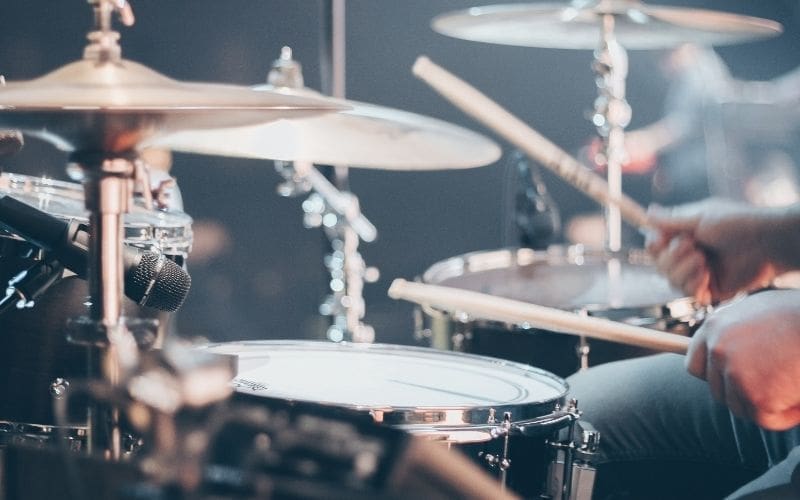
When it comes to music improvisation, we believe that it comes down to three major factors; enough knowledge to get by, bravery, and attitude! Someone may have the foundation, but it is the bravery to try things, embrace freedom, and new techniques, and then let your soul guide the music. Why not listen to some favorite artists and start improvising over their records, singing some alternative melodies and lyrics, or adding in some guitar licks or solos and seeing where it takes the music?
Check out our artist management page where you can work with our team of industry-leading managers to get your career moving in the fast lane.






